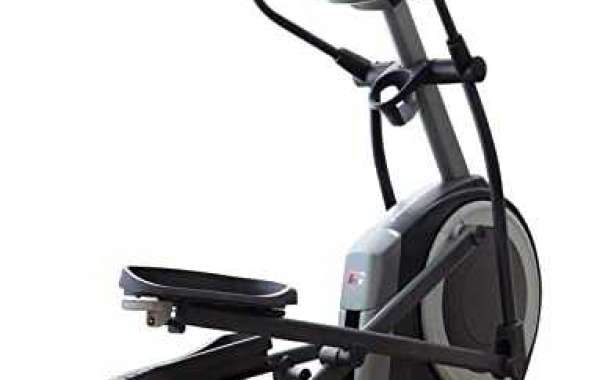What Are the Benefits of TAVR Over Traditional Heart Surgery for Seniors?
Transcatheter Aortic Valve Replacement (TAVR) has revolutionized heart valve replacement for elderly patients, particularly those who cannot withstand traditional open-heart surgery. TAVR offers a minimally invasive approach, which reduces hospital stay and recovery time drastically. Seniors typically leave the hospital within one to two days, compared to the weeks or months required after open-heart surgery. Additionally, patients can often resume normal activities much faster, regaining mobility and reducing overall hospitalization costs. In terms of outcomes, recent studies suggest that TAVR patients experience fewer complications and a slightly lower risk of disabling stroke compared to surgical replacements
.
2. What Are the Risks Involved in a TAVR Procedure?
While TAVR is a valuable alternative, it comes with risks. Potential complications include bleeding, blood vessel damage, and the need for a pacemaker due to pressure on the heart’s electrical system. There’s also a slight risk of stroke, kidney damage from contrast dye used in the procedure, and rare cases of valve leakage. Innovations are addressing these issues; Edwards Lifesciences’ SAPIEN valves, for instance, feature advanced sealing mechanisms designed to prevent leaks and reduce pacemaker dependency
3. What Recent Innovations Have Been Made in TAVR Devices?
The TAVR market continues to see groundbreaking advancements. Major companies like Medtronic, Boston Scientific, and Edwards Lifesciences lead with cutting-edge technologies designed to enhance safety and procedural success:
- Medtronic’s Evolut PRO+: Known for its self-expanding valve and advanced recapturable design, Evolut PRO+ allows precise positioning and adjustments during placement. It’s particularly useful for patients with complex aortic anatomy.
- Boston Scientific’s LOTUS Edge Valve: This valve provides increased control during deployment and is designed to reduce the risk of paravalvular leaks, thanks to its adaptive seal. The LOTUS Edge has been instrumental for patients with challenging anatomies where traditional valves might pose a higher risk.
- Edwards Lifesciences’ SAPIEN 3 Ultra RESILIA Valve: This valve uses an innovative tissue treatment that reduces calcification, aiming to extend the longevity of the valve for patients. The SAPIEN series is also well-suited for patients with complex cardiac structures
4. Who Qualifies as a High-Risk Patient for TAVR, and Is It Suitable for Those Who Cannot Undergo Surgery?
High-risk patients, such as those with severe aortic stenosis, frail conditions, or multiple comorbidities, are primary candidates for TAVR. It’s a valuable option for individuals who cannot withstand open surgery due to age, heart failure, or other health complications. While previously reserved for high-risk patients, recent studies have shown promising results for TAVR in lower-risk groups as well, broadening its application. Advanced imaging tools, such as 3D modeling, are now used to create custom-fit valves based on individual anatomy, further enhancing the safety and efficiency of TAVR
| For more info. | Market Research | Related Report | Optical Genome Mapping Market |
| Protein A Resin Market | |||
| Medical Industry Market |









